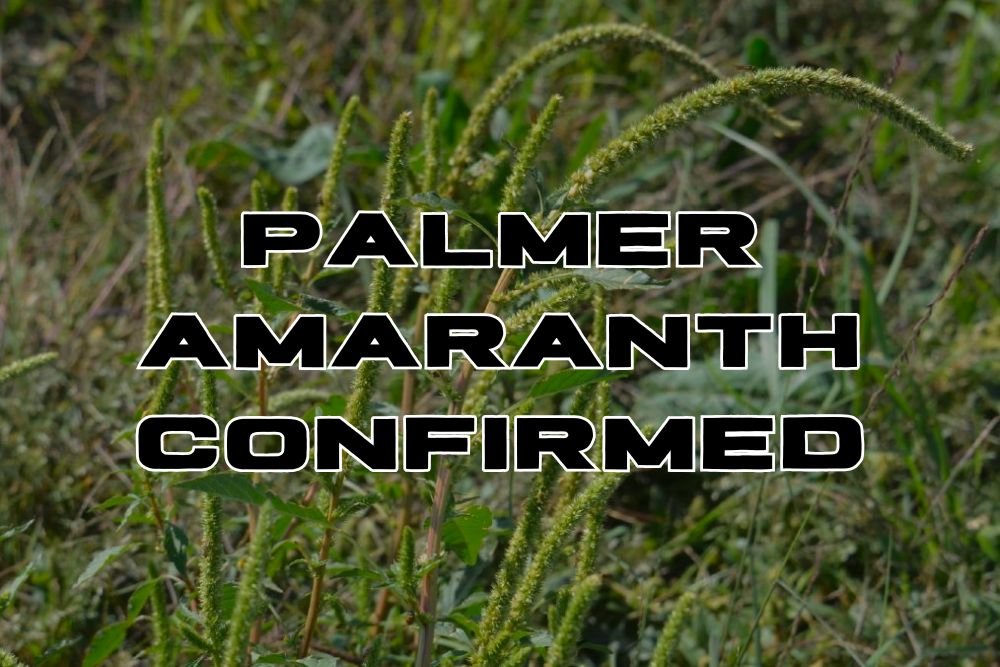Invasive Weed Palmer Amaranth Confirmed In Adams County, North Dakota
BISMARCK, ND — The North Dakota Department of Agriculture has confirmed the presence of Palmer amaranth, one of the most destructive invasive weeds in U.S. agriculture, in Adams County. Officials say a local farmer discovered the plants and reported them to weed specialists, helping prevent the species from spreading further.
Confirmed Through Genetic Testing
Samples from the suspect plants were submitted to the National Agricultural Genotyping Center, where testing confirmed the species as Palmer amaranth. The plant, a highly aggressive type of pigweed, can grow two to three inches per day under ideal conditions.
“The public is urged to contact and work with their local weed officers and other experts to identify and report any suspect plants,” said North Dakota Agriculture Commissioner Doug Goehring in a statement.
Why It’s A Major Threat
Native to the desert regions of Arizona, New Mexico, and northern Mexico, Palmer amaranth has spread rapidly through the Midwest over the past decade. Its prolonged emergence period, rapid growth rate, and prolific seed production make it extremely difficult to control.
According to Rich Zollinger, retired NDSU Extension Weed Scientist, “Amaranth’s prolonged emergence period, rapid growth rate, prolific seed production, and propensity to evolve herbicide resistance quickly makes this the most pernicious, noxious, and serious weed threat that North Dakota farmers have ever faced.”
The plant was previously named NDSU’s “Weed of the Year” in both 2014 and 2015.
Farmers Urged To Report Sightings
The Department of Agriculture and North Dakota State University Extension are asking farmers and landowners to remain vigilant and report any suspected Palmer amaranth sightings immediately. Reports can be made through the official NDDA portal at ndda.nd.gov/report-palmer-amaranth.
Officials stress that early detection and reporting are the best ways to prevent the weed from spreading into additional counties.
Do you farm or manage land in western North Dakota? Share your experience with invasive weed control and crop management at NapervilleLocal.com, where we bring you the latest updates on agriculture, weather, and environmental challenges across the Midwest.

I’ve lived in Naperville long enough to see how quickly our community changes — from new developments downtown to sudden shifts in our Midwest weather. Reporting on Naperville news and daily forecasts gives me the chance to keep neighbors informed about what really matters. My goal is simple: deliver clear, timely updates so you always know what’s happening in our city and what to expect from the skies above.

